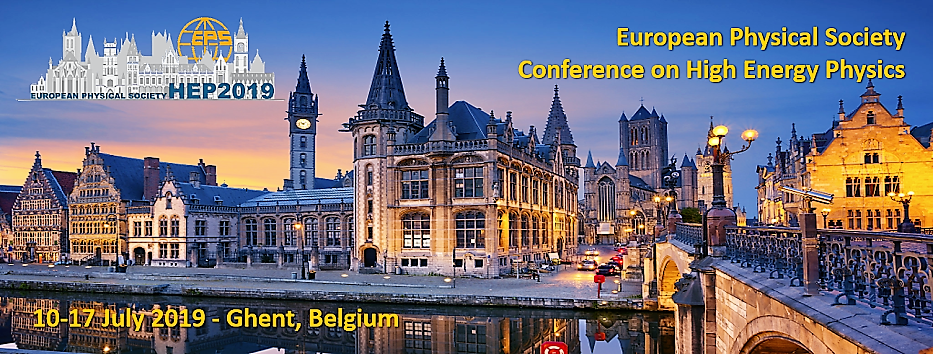Speaker
Description
In this work, we study the discovery prospect of a heavy neutrino in the intermediate to very high mass range at $\rm e^{+}e^{-}$ collider. We consider two different c.m.energies $\rm \sqrt{s}=1.4$ TeV and $3\,\rm TeV$, respectively, that are relevant for CLIC. Contrary to the LHC, the production cross-section of a heavy neutrino at $\rm e^{+}e^{-}$ collider is fairly large. We consider two different mass ranges $\rm M_{N}=600-1200\, \rm GeV$, that can be probed at $1.4 \,\rm TeV$ run of CLIC, and $\rm M_{N}=1300-2700\,\rm GeV$, that can be discovered with $3\,\rm TeV$ c.m.energy. We consider the production mode $\rm e^{+}e^{-} \rightarrow \nu_e N$, and the subsequent decays of $\rm N$ into an electron $\rm e^{\pm}$ and $\rm W^{\mp}$ gauge boson. We further consider the hadronic decay modes of $\rm W^{\pm}$. For such a heavy $\rm N$, the $\rm W^{\pm}$'s are highly boosted. Hence, the quarks from $\rm W^{\pm}$ are collimated, leading to a single fat-jet. Therefore, the final state is $\rm e^{\pm}+j_{\rm{fat}}+\,\small \rm Missing\, momentum$. We pursue an in-depth study for this final state, with both cut-based and multivariate analysis(MVA). We show that a heavy neutrino with mass $600-2700\, \rm GeV$ and mixing $\rm |V_{eN}|^2 \sim 10^{-5}-10^{-6}$ can be discovered with $5\rm \sigma$ significance at $\rm e^{+}e^{-}$ collider with $\mathcal{L} \sim 500$ $\rm{fb}^{-1}$ luminosity, which is an order of magnitude betterment as opposed to the LHC limit.
